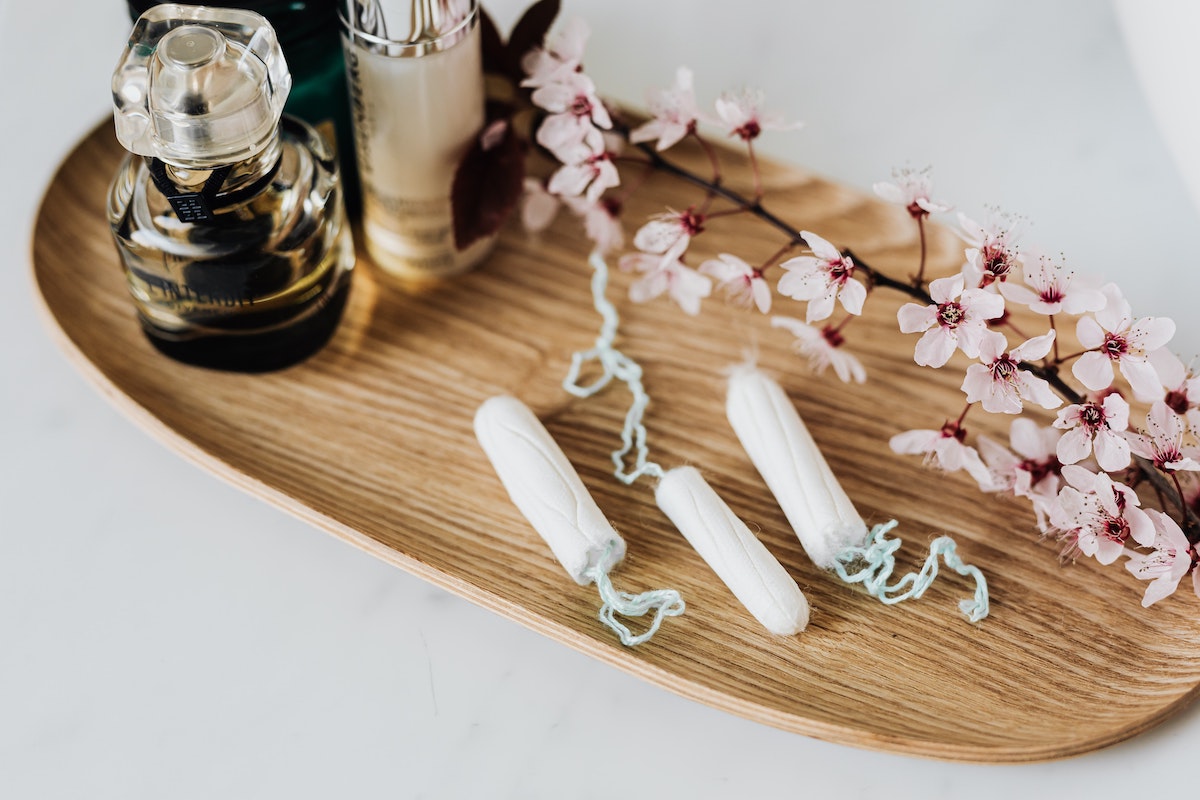How to Deal With Seasonal Affective Disorder
While there can be a lot to look forward to this time of year, some can find this blunted by Seasonal Affective Disorder (SAD) or the “winter blues.” An estimated 5% of Americans, the majority being women, experience seasonal depression.
The root of it can come down to the decrease in light exposure, which can throw our internal clocks and sleep out of whack, a decrease in movement or connection, and potential annual, seasonal stressors. We hope you can use these SAD tips to support your mood, wellbeing, and emotions as we enter these darker days.

Tips for seasonal depression
Get intentional about your sleep/wake cycle
Melatonin, a hormone produced in the brain and directly impacted by light, can increase with less exposure to light. This can certainly throw our sleep patterns off, even if you’d normally consider your sleep to be “on point” in other seasons.
Because of this, winter is a good time to get intentional about how you get your much-needed rest. After all, this is king for brain recovery and a good way for you to get proactive about your mental health.
- Develop a consistent sleep/wake time. This can help prime your body and reset that internal clock — it truly does love consistency. Aim to have your sleep and wake times both consistently within 30 minutes. Going back and forth between extremes with sleep is far too common and can confuse the body. I’d start by looking deeper into your lifestyle and look for ways you can move toward this consistency — boundaries are key here!
- Reduce light exposure at night. This seems like a small detail, but it can really make a difference. Your body needs signaling that it’s time to sleep, and darkness catalyzes this. A rule of thumb is to limit screen time an hour before bed, which often happens to be mindless scrolling, anyways — I know I’m guilty of this. Blue light blocking glasses can be helpful here too.
- Prioritize movement during the day. Most are naturally less active during the winter months, which can throw our internal clock off even more. Research does support that exercise can improve sleep quality and duration. I would even start with gentle exercise, such as walking or active recovery.
- Emphasize sun exposure in your day. We’re starting to link sun exposure to our overall physical and mental wellness more and more. Although the days are shortened, we can still get that much-needed sun time in. You could add a walk into your mornings or break your day up with an afternoon walk.
Add in nutritional support
With all this talk about light exposure, we can’t not mention a crucial nutrient that the sun gives us a little assistance with — vitamin D. Vitamin D is a key player in regulating mood, among many other roles in the body. It’s helpful to see where your blood levels are at and supplement appropriately.
Omega-3 fats also are a powerful nutrient for brain health, and research supports that they can improve mood and help alleviate symptoms of SAD. Sources include seafood, flax seeds, chia seeds, and walnuts, to name a few. Omega-3 supplements are also helpful for many to balance mood.
Additionally, other supplements and nutritional strategies can certainly support mood. It’s helpful to meet with a registered dietitian or another experienced provider for personalized recommendations. As always, I do encourage full, balanced, consistent meals to support hormones, mood, and sleep.
Use tools to navigate your emotions this time of year
Are there other factors contributing to an increase in depressive symptoms this time of year? Alexa Carbone, licensed professional counselor, notes that complex and sometimes conflicting feelings can arise around holidays as we navigate traditions, family expectations, grief and loss, and other annual stressors. Here are a few tips she shares to help navigate emotions:
- Name your emotional experience. What are you feeling right now? Utilizing emotion wheels or a feelings list can be helpful in expanding your ability to relate to yourself. It can also help you dig a little deeper.
- Normalize your feelings. Anything you’re experiencing is normal and okay. Feelings are neither good nor bad, regardless of how uncomfortable they may be.
- Sit with the uncomfortable feeling without rationalizing or judging it. You don’t need to explain or convince yourself that you have a “good reason” to feel how you do. It’s simply what you’re experiencing at this moment.
- Remember that feelings are temporary and that you can experience conflicting feelings at the same time.
- Journal about your emotional experience. A simple starting prompt in the morning can be: “How do I feel right now? How do I want to feel at some point today? What’s one thing I can do to increase my chances of experiencing that emotion?”
- Have regular check-ins with your support system and share how you’re feeling. It’s okay to ask for help, and you’re not a burden to those who care about you.
Be mindful of connection this time of year
For the past few years, we’ve collectively realized more and more the true value of connection. That said, the sun setting at 4 pm and colder weather may naturally put a damper on fostering those connections. Carbone has a few tips on creating, maintaining, and navigating enriching connections during the winter months:
- Start to notice how you feel after spending time with those in your life. When you walk away from that interaction, do you feel full of warmth and energy or drained and tired? Increase your time spent with those who are filling up your cup as a way to manage and preserve the decreased amount of social energy you might feel during the cold, wintery months.
- Incorporate your friends into your routines. Perhaps this is a weekly coffee date, a monthly book club, or a walk with your favorite coworker during your lunch hour. This could also be a great time to plan some FaceTime dates with long-distance friends.
- Plan a few activities spaced throughout the wintertime to look forward to with others. This could also be a great time to try a new indoor hobby, class, or sport you don’t have time for in the summer.
The bottom line on seasonal depression
I always emphasize that different tools and priorities are needed for different seasons of life — and in this case, it’s true for a literal season. It’s important to give yourself grace as you navigate these shifts in your mental and physical wellness — and don’t be afraid to seek professional help if you need some support.












